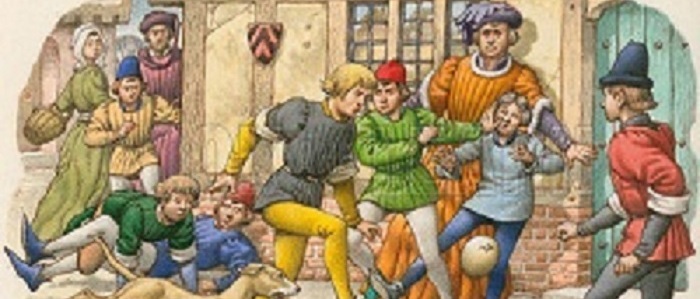Children in the Middle Ages
Posted on 31st December 2020
Many babies did not survive their first year in the middle ages with up to fifty per cent succumbing to a fatal illness. Even if you survived the first year, you were not out of danger; as many as forty per cent lost their lives before they were nine years old.
A child’s life and the way they were raised varied greatly whether from wealthy or poor parentage.
Poor - Children were raised by their parents and formed a stronger parental bond because of this. As they grew, everything they learnt was from their parents.
From around seven years of age, children became responsible for more duties within the family. Girls were taught domestic duties including running the household, cooking and sewing. Boys were taught husbandry (management of their resources and property, growing crops and raising livestock).
Some peasant children at about twelve years of age, moved out of the family home and into the home of their future employer or master.
Wealthy - Many servants were employed to look after and raise wealthy children, including a wet nurse, nursemaid and later on tutors. Parents themselves had little contact with their children, and any bond built was often between the child and the servant, not the parents.
At seven years of age boys began a formal education. They were taught skills in arms, and reading and writing. Girls were only taught domestic duties and few ever learnt to read and write.
Girls were able to marry from twelve years of age and boys from fourteen, however this was rare as this time was spent on improving their education.
Tagged as: Junior Middle Ages
Share this post:





